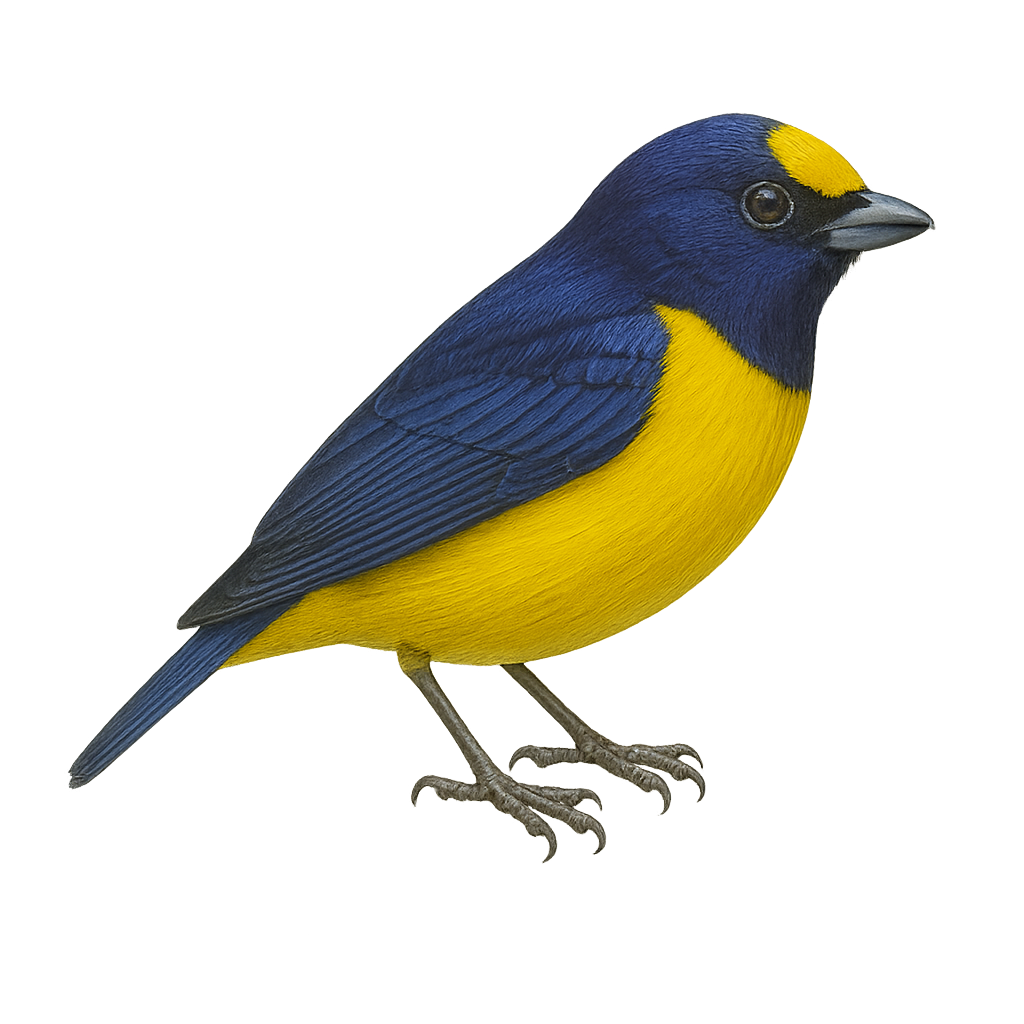Your wildlife photography guide.
Explore the violaceous euphonia in detail, study its behavior, prepare your shots.
Where to observe and photograph the violaceous euphonia in the wild
Learn where and when to spot the violaceous euphonia in the wild, how to identify the species based on distinctive features, and what natural environments it inhabits. The WildlifePhotographer app offers tailored photography tips that reflect the violaceous euphonia’s behavior, helping you capture better wildlife images. Explore the full species profile for key information including description, habitat, active periods, and approach techniques.
Violaceous Euphonia
Scientific name: Euphonia violacea

IUCN Status: Least Concern
Family: FRINGILLIDAE
Group: Birds
Sensitivity to human approach: Suspicious
Minimum approach distance: 5 m
Courtship display: October to March
Incubation: 14-16 jours
Hatchings: October to April
Habitat:
Tropical rainforests, forest edges, wooded areas
Activity period :
Primarily active during the day, with peak activity in the morning and late afternoon.
Identification and description:
The Violaceous Euphonia, or Euphonia violacea, is a small, colorful bird from the Fringillidae family, predominantly found in South America. It is characterized by its vibrant plumage, with a blue-violet back and bright yellow belly. Males display more vivid colors than females, who are generally duller. This bird is often seen in tropical rainforests, forest edges, and wooded areas. It primarily feeds on fruits but can also consume insects and seeds. The Violaceous Euphonia is known for its melodious song, often heard at dawn and dusk.
Recommended lens:
400 mm – adjust based on distance, desired framing (portrait or habitat), and approach conditions.
Photography tips:
To photograph the Violaceous Euphonia, focus on forest edges where it is easier to observe. Use a 400mm lens or longer to capture the details of its colorful plumage without disturbing it. Be patient and discreet, as this bird can be suspicious. Morning is a good time to photograph it, as it is often active and singing. Take advantage of the soft dawn light to achieve naturally colored shots.
The WildlifePhotographer App is coming soon!
Be the first to explore the best nature spots, track rutting seasons, log your observations, and observe more wildlife.
Already 1 429 wildlife lovers subscribed worldwide

